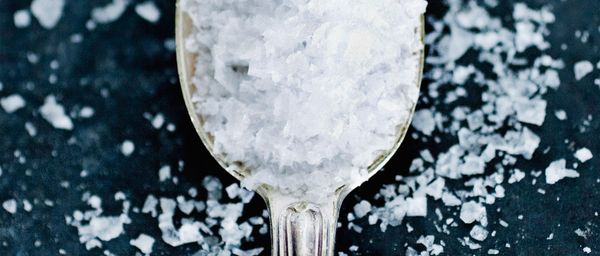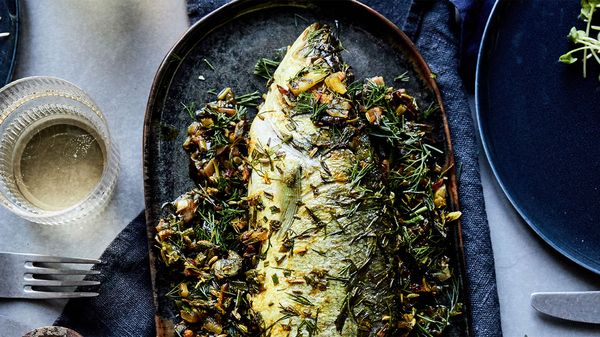
Lava salt, sale marino, fleur de sel: whatever the type, sea salt has become an essential in almost every home Kitchen. Does it taste better than rock salt though? And how is it made?
There has never been this much salt
Worldwide production of “white gold” is currently at 200 million tonnes, yet the vast majority of it never finds its way into the kitchen or onto the table, but is used for industrial, medical or cosmetic purposes. Around a third of salt used globally is harvested from the sea, yet in much of Europe, sea salt was, until recently, something of a gourmet secret. Now several types are available in most supermarkets, mostly from the Mediterranean, a sea whose coasts can look back on thousands of years of salt tradition.
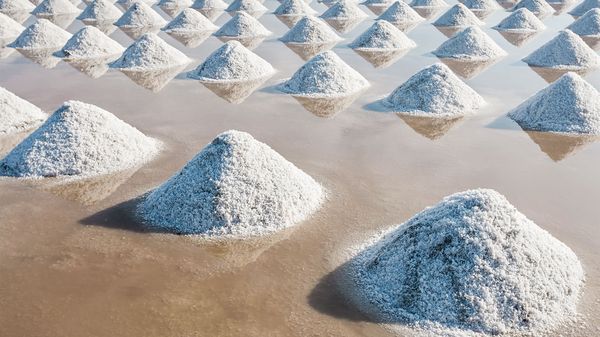
I. PRODUCTION
Seawater has a salt content of roughly 3.5%. Getting this percentage out of the water is much easier in the right climatic conditions: low humidity, frequent wind, and high temperatures all help to evaporate water and are therefore the most important factors in setting up a coastal “salt garden” (once known in English as a “saltern”). First, seawater is pumped into shallow, man-made pools. As water evaporates, the concentration of salt dissolved in the water goes up, and this brine is then pumped into a crystallisation pan in which the remaining liquid evaporates away, allowing the salt crystals to be scraped out of the pan and piled up to dry off. This is an age-old way of harvesting salt which has been practiced in the Mediterranean since ancient times. In northern europe, salt works ran on a different method: the Vikings heated North Sea water to get salt, hanging huge cauldrons over fires or embers until all of the water had boiled away, leaving behind sea salt. Producing salt this way required a lot of skill and patience – and quickly proved to be unprofitable.
II. QUALITY
Besides small quantities of other chemical compounds and trace elements, both sea and rock salt are essentially made up of sodium chloride. Nevertheless, sea salt is widely considered to be the better of the two – an assumption for which there is hardly any proof from a nutritional science point of view. Whether salt is healthy or not depends more or less entirely on the amount consumed: a good diet should not be too high in salts, but not too low either. The question of where the salt comes from is quite secondary, and so whether the salt you eat was harvested from the Adriatic or mined in the Himalayas is of little importance.
III. PROCESSING
There is always some form of impurity in raw salt harvested from the sea, so most sea salt is refined before it hits the shelves as cooking or table salt. The process is broadly comparable with washing: the crystals are dissolved and then put through a centrifuge in which the unwanted substances are separated from the salt. This process can, however, lead to important minerals and flavours being lost. Some manufacturers use artificial bleaching to make the finished product whiter; separating and anti-caking agents are added so that the salt crystals – which still contain up to five percent water – don´t clump together. Fluorine and iodine are often included, too. Yet some producers, generally organic, leave their sea salt unrefined in its natural state and without additives.

IV. TYPES
Sea salt is available in fine grains or larger crystals. One of the best known sorts is sale marino from Italy (although some salts which carry the name are harvested from the Atlantic). Scandinavian producers have even brought the old Viking techniques back to life, selling the salt they get by boiling water from the North Sea as “sea snow”.
Sel gris is another well-known type of sea salt. The name is French for “grey salt”, and it is produced on France’s Atlantic coast by harvesting salt crystals from the water at an earlier stage than other salts. This makes its grains large and means they have a higher residual water content; the “salt of the Celts”, as it is also known, retains a grey or reddish tone and has a savoury taste. With its unique character, this kind of salt is ideal for finishing dishes with a little extra kick, or for fish and meat saltcrust recipes.
Another salt recognisable by its colour is dark black lava salt. The crystals in question start off life white when they are harvested in Hawaii and have volcanic ash added in the final stages of processing. The resulting product has a smoky flavour – and a far lower proportion of sodium chloride than other forms of sea salt.
The most prestigious sea salt is fleur de sel, or the “saline flower”. These crystals come about on hot days when a gossamer-thin layer of fresh salt forms on the surface of the water in the evaporating pools, from where it is carefully harvested using wooden spades and ladles. As it does not undergo any further processing, the water for fleur de sel must be as clean as possible. The “flower of the salt” comes in small flakes or platelets and, due to the high water content, should only be ground in ceramic salt mills or in mortars.
